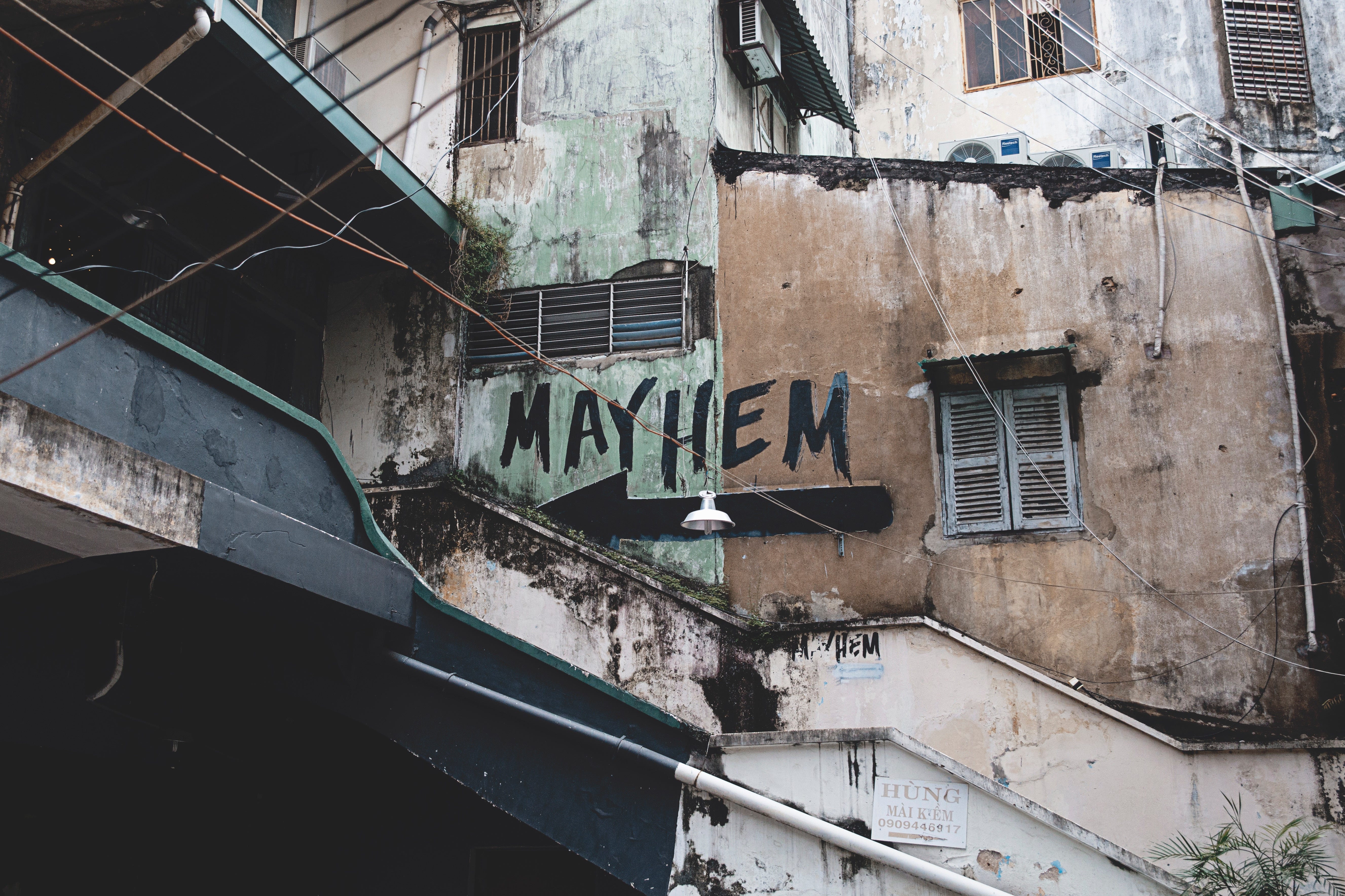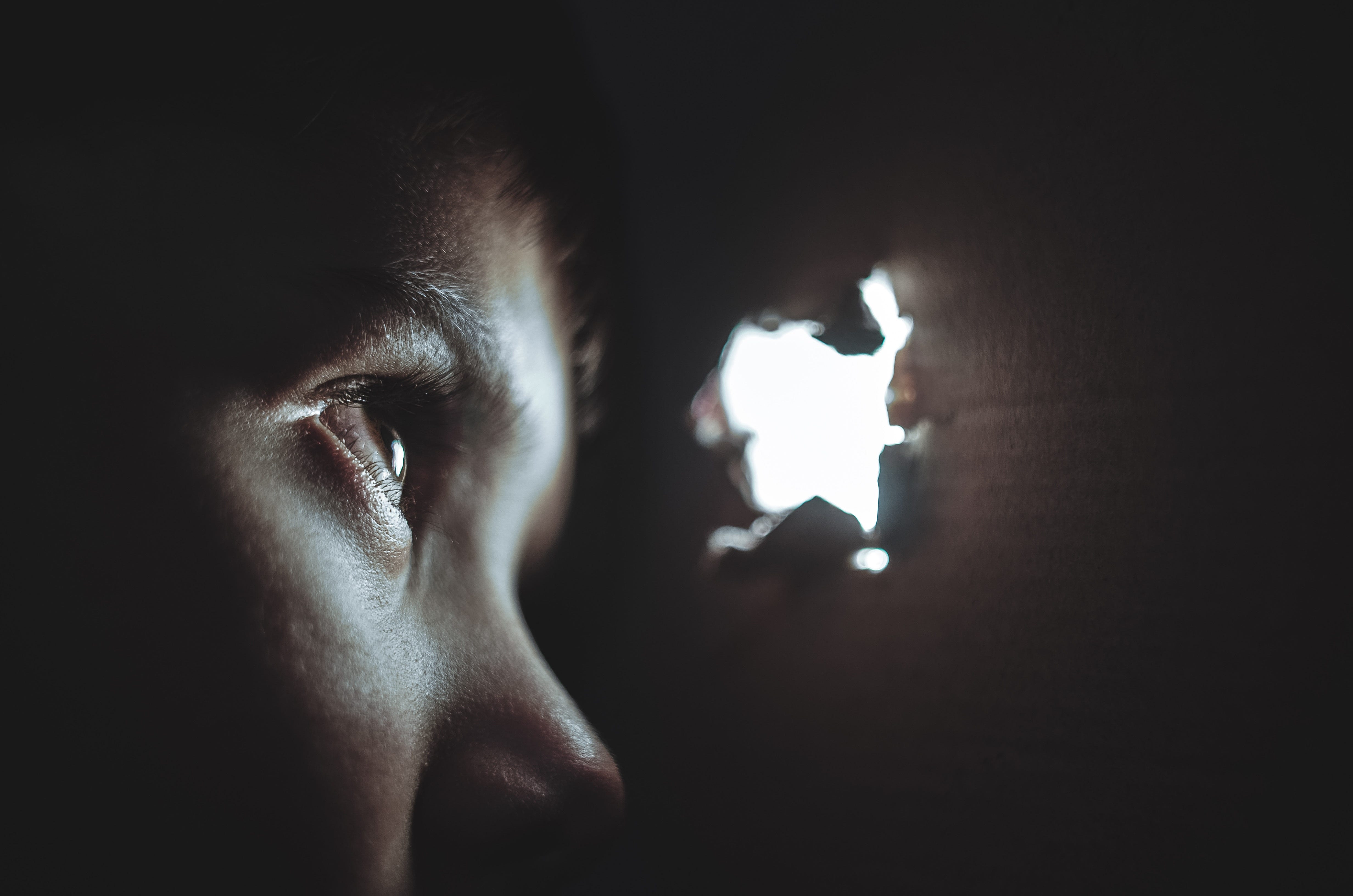Transformation of healthcare depends on continuously exploring the frontiers of healthcare knowledge and addressing gaps and barriers. Literacy alone is not enough. Health literacy is not enough. This is a call-to-action for harnessing the next essential frontier: healthcare experience literacy.

Children are intuitively inquisitive, natural learners, and creative problem solvers. They are taught incrementally, with efforts initially focused on basic developmental, linguistic, and socialization skills. Public school education builds on these fundamentals with reading, writing, mathematics, sciences, languages, history, and the arts. The U.S. Department of Health and Human Services (HHS), Office for Disease Prevention and Health Promotion (ODPHP), has composed a multi-sector, strategic initiative, The National Action Plan to Improve Health Literacy, as a blueprint to serve as a guide towards a health literate nation. The National Health Education Standards (NHES) help to promote health literacy in public school health education curricula, defining and encouraging behaviors and skills that enhance the health of children from pre-kindergarten through grade 12. Even with these 2 comprehensive, strategic imperatives, there is a gaping hole in public school education.

Has anyone noticed that we aren’t preparing children and young adults to be engaged members of the American healthcare system? The essentials of healthcare experience are not woven into the fabric of our educational system. As a society, what are we doing to prepare the next generation of innovative thinkers, questioners of the status quo, informed decision makers, problem solvers, proactive members, navigators, coordinators, influencers, and shapers of the US healthcare system? As a society, we must take a bow and apologize to our children for our shortcomings and transform accordingly.
State of American Healthcare in 2017: Opaque Despair

Healthcare is in a state of opaque despair. We spend more on healthcare than the majority of the countries in the world yet have some of the poorest outcomes worldwide. US life expectancy has dropped for the second year in a row. Patients have increased financial responsibility, with high deductible plans shifting significant out-of-pocket costs to individuals. Drug prices have risen dramatically. Costs of procedures and hospital admissions are staggering. There is little to no cost transparency. Individuals are not sure how to navigate or coordinate care in the labyrinth known as our healthcare system. The majority of patients do not understand the basics of their insurance coverage. Words such as co-insurance, out-of-network, deductibles, and pre-certification are foreign vocabulary. People do not know why procedures are ordered or medications are prescribed. Many do not know how to obtain their medical records or fill out patient paperwork. Governing policies are implemented with little understanding of the impact on patients and their loved ones daily lives. Developers are launching innovations without an understanding of the patient or clinician experience. In a land of opportunities, our society has glaringly omitted to educate its people as to how to navigate the healthcare system, how to be an informed patient, how to be a proactive carepartner, and how to be a savvy member, and shaper of the healthcare system. Doctors and nurses are suffering from burnout, with many physicians stating they find no joy in practicing medicine. Rates of physician suicide are a public health crisis. Administrative burden, electronic health record (EHR) responsibilities, and poor workflow processes hinder patient care. The behemoth speaks clearly. Our healthcare system needs a phoenix rising moment now.
Healthcare Experience Literacy: A Public Health Unmet Need & Priority
The National Library of Medicine defines health literacy as the “degree to which individuals have the capacity to obtain, process, and understand basic health information and services needed to make appropriate health decisions”. Research conducted by the US Department of Education concluded that 12% of US English speaking adults have the health literacy required to make decisions about their care. The Agency for Healthcare Research and Quality (AHRQ) and the Institute of Medicine (IOM) have found that poor health literacy correlates negatively with the use of preventive services, management of chronic diseases, self-reported health, and carries negative psychological impact. It is well known that poor health literacy has a negative impact on patient outcomes. Has anyone thought of the negative impact on a larger scale? How could a nation with such poor health literacy possibly design, develop, coordinate, and run a robust, seamless, safe, cost-effective, transparent healthcare system? We can’t and we don’t. Case in point: the current state of the American healthcare system.

As a society, we are set up for failure by not ingraining the essentials of the healthcare experience into education. Benjamin Franklin hit the nail on the head: “By failing to prepare, you are preparing to fail.” Throughout preK-12 education, where:
· are the courses on navigating the healthcare system from a patient or carepartners’ perspective?
· do you learn the fundamentals of insurance coverage, such as differentiating between various plans, private plans vs. government based plans, deductibles, co-pays, and health savings accounts?
· is the curriculum introducing one’ s rights as a patient?
· do you learn how to appeal an insurance denial or hospital bill?
· does one learn how to correctly fill out new patient forms or request medical records?
· is the curricula that explains care coordination, how and why it should be done, and by who?
· is the agenda that explains the paths patients need to take to finding mental health, addiction, or substance abuse counseling and support?
· do young adults turn if their parents or legal guardians get sick?
· do we learn how to discuss and plan for a good death?
· is the course on completing an advanced directive, fully informed of all of the possibilities?
· does a person learn about what a physician or nurse’s day is like?
· is the overview of the typical pitfalls of engaging with the healthcare system?
· does one learn to use social media for credible health research or support?
· are the discussions on what to expect when being admitted as a patient to the hospital?
· is the information on learning how to prepare for an annual well visit, vs. an appointment with a specialist, vs. a consultation for a second opinion on life altering diagnosis?
· do social determinants of health get introduced and actively tackled for innovation?
· do we learn about the importance of empathy as a critical leadership skill?
These questions don’t even scratch the surface of the current state of uncertainty and unpreparedness members of the US healthcare system encounter. There is more to health literacy than health education, positive prevention, encouragement of healthy behaviors, and violence reduction. We must arm the next generation of children to be ready to mainstream into the labyrinth no matter what the interaction may be: as a patient, as an informed member, as a carepartner, as a savvy navigator and care coordination, as a disruptive innovator, as a government official, or any stakeholder of the healthcare ecosystem. It is time to level the playing field and teach the fundamentals of healthcare experience literacy.

Introducing Healthcare Experience Literacy through the Pediatric Patient Experience
In general, children are brought to the doctor by their guardian for routine wellness and sick care exams. The adults usually speak amongst themselves, while the pediatric patient is in the periphery. Exceptional doctors and nurses will engage pediatric patients in conversation, asking them about their wellbeing or symptoms. Guardians predominantly handle all coordination of care logistics: filling out paperwork, managing insurance issues, payments, records requests, and appointment scheduling, and searching for credible information as a resource for learning. As pediatric patients enter their teenage years, many refrain from engaging in conversations with their physician or asking specific questions with their guardian in the exam room. While some pediatricians ask guardians to see the patient alone for a few minutes, many continue to simply “see” the guardian. Pediatric patients eventually transition to an adult primary care setting. The child that has sat as a bystander of their care is now an adult doing the same without the support of a legal guardian to advocate on their behalf.
For a true transformation of our healthcare system, we must cultivate an environment that supports an informed patient capable of participating in their care and a knowledgeable member of the healthcare system. This must be a life-long learning process, initiated in early childhood following by incremental learning and expansion of knowledge base over time. Imagine the potential of incrementally introducing healthcare experience literacy to children and young adults from pre-K through grade 12?

Parents should encourage their children to participate in their routine wellness exams as well as during sick visits with their pediatricians. Nurses and pediatricians should talk directly to young patients, making eye contact. Caregivers should empathize with young patients and share in their fears and concerns during their appointment. Caregivers should explain what’s being doing each step of the way. Children should be encouraged to ask the doctors and nurses how their day was. We must normalize the conversations and begin building trust.
Young patients should be encouraged to draw a picture or write down how they are feeling to discuss at their appointments. This renderings or notes may then be added to their chart. This introduces the concept of co-creation of health records, an early precursor to the national initiative OurNotes. At the end of their appointments, nurses or staff could ask children what they thought of their office visit. You may get the usual, “Those shots hurt” or “I really don’t like strep tests” or it could yield unexpected insights that could be beneficial to other patients in the practice. We will never know if we don’t start asking and valuing the patient experience from the lens of a child.

Refreshing Core Curricula with Healthcare Experience Literacy and Empathy
Modeling positive patient experiences within pediatric offices is not enough. Public school core curricula need to be refreshed to prepare for the healthcare experience. Take for example, the act of role-play at nursery schools. Instead of just a doctor examining patients, the patient needs to be encouraged to ask questions, to be engaged in their care. Toy doctor kits need to be updated to include a medical records chart, an insurance card, and decision aids to support an engaged doctor-patient discussion. Kindergartners could draw a picture to bring to their doctor on their annual well visit to brighten their doctor’s day. Caregivers need kindness too! Spelling tests need to include healthcare terminology. Math problems may be crafted to demonstrate the concepts of co-pays, deductibles, and differences between in-network vs. out-of-network out of pocket costs. History lessons should include the beginnings of medicine, the advent of major medical discoveries, the creation of the health insurance, illnesses eradicated by hygiene and population health, the shift from paternalistic medicine to human-centered care, and the advent of the empowered patient.
Children and young adults need to be given the opportunity to tackle healthcare’s shortcomings in age appropriate manners. For example, 4th, 5th, and 6th graders could be presented with healthcare problems and given chances to innovate, presenting their solutions at science fairs. Writing assignments could include opportunities to review doctor office experiences, highlighting positives as well as what could be done to improve them.
Sixth, 7th, and 8th graders must learn how to find credible information online, distinguishing between what is factual vs. deception. Being able to leverage social media responsibly and skillfully for information, support, and insights is critical. Teenagers need to know the difference between self-proclaimed medical experts on YouTube and actual doctors. Introducing stories of teenagers who are patients with chronic illnesses may be a wonderful opportunity to foster empathy and destigmatize illnesses and disabilities. Discussing celebrity or athlete patient stories can have a tremendous impact. For example, Lady Gaga talks openly about mental health awareness and chronic pain. Selena Gomez had a kidney transplant due to lupus. We need to reach out to children where they are and make healthcare experiences relevant to their daily lives.
High school presents the opportunity to take a deeper dive into more mature topics, such social determinants of health, ableism, digital technologies in healthcare, and death. Professors and instructors should encourage personal stories of students turned patients or carepartners in English writing or journalism courses. Students in photography can capture the emotions, joys, and grief of healthcare. Public speaking on topics of disparities in healthcare can make many voices heard. Openly discussing death and end of life care planning would help normalize the conversation and bring awareness. Curricula must emphasize the importance of empathy as an integral, rather than soft, skill. Art classes could dedicate some work to be donated to local hospitals for display in various recovery wings, waiting rooms, or halls. Writing assignments could encourage letters to doctors and nurses, thanking them for their care at their last exam or get well soon cards to patients recovering from surgery. Service projects could encourage building relationships with those in long-term care facilities and nursing homes.
Healthcare experience literacy has the potential to augment current US literacy and health literacy goals. The next generation of children is destined to become the shapers of our future America. Immersing them in healthcare experience literacy throughout their childhood and young adult life will lead to a better understanding of how healthcare works (or doesn’t), what areas need improvement and innovation, will enhance health literacy, foster independence, inclusion, and empowerment, and most importantly build human connections and bridge silos.
Literacy + health literacy + healthcare experience literacy = the new triple threat to healthcare’s state of despair.

Grace Cordovano, PhD is a private cancer patient advocate and patient experience shaper who blogs at Enlightening Results.
Follow her on Twitter @GraceCordovano
Follow her on LinkedIn

January 16, 2018
.png?width=300&height=69&name=SavvyCoop_HorizontalLogo_LargeFormat%20(1).png)